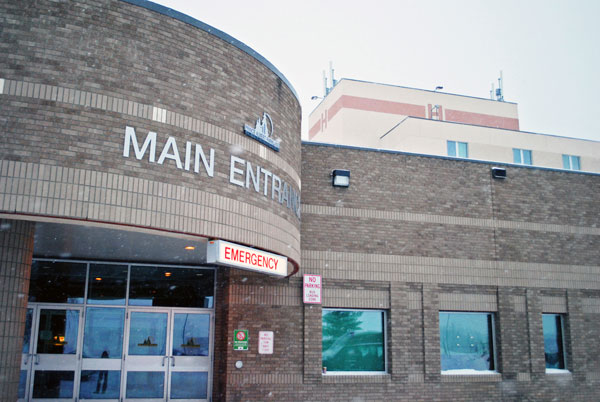The union representing some of Saskatchewan’s front-line health care workers is hoping a recently-extended agreement will help better protect them as the COVID-19 pandemic continues.
On Tuesday the province announced it had extended an agreement to a set of shared health and safety principles. The agreement was reached with the province in May. It’s been signed by SEIU-West, SGEU, CUPE, the Saskatchewan Union of Nurses and the Health Sciences Association of Saskatchewan.
The joint statement of principles covers all aspects of care provision within the health sector, and sets out the need for a point-of-care risk assessment, access to appropriate personal protective agreement (PPE) and minimum precautions. It also allows for aerosol generating medical procedures.
“Our members need to work in a safe care environment,” said SEIU-West president Barbara Cape in a press release.
“To achieve that, they require access to proper PPE.”
Speaking to the Daily Herald Tuesday, she explained that the agreement means a couple things for health care workers in Saskatchewan.
“On one level it shows that there’s a pretty strong agreement amongst the parties that signed it that providing PPE to health care workers is hugely important,” she said.
“At the beginning of this pandemic when we were locking down the world, that was not the reality for a lot of health care works. It took a while, but we got to a point where we’ve got an agreement and not bad access to PPE in the health care system.”
Cape emphasized that the agreement doesn’t just apply to hospitals, but all health care facilities. It should also apply to private facilities such as care homes and group homes, Cape argued.
“We believe because it’s got the seal of approval of the government … it should also apply to anybody that’s doing that direct care and in that vulnerable situation under the essential worker classification.”
While things are getting better, Cape said, there still is a long way to go to protect health care workers. Some of it is due to a lack of supply, she said, but some of it is also due to a lack of will on the part of facility operators.
“I wish I could tell you that magically it’s all resolved but it’s not,” she said.
‘We’re still getting reports from facilities, where in one allied health system they’re supplying them with dust masks as if there’s pollen in your back yard…That’s not a mask that a health care worker needs.”
Health care workers need surgical procedure masks, N95 masks, gowns, gloves and face shields. She said part of the blame falls on the provincial health care system, which she said stopped keeping a stockpile of the equipment.
“We don’t have the stockpiles necessary to deal with a public health crisis of this nature,” she said.
“What we hear from the field is our members have been limited to the number of surgical masks they can use in a day. In some facilities they were told they could have one surgical mask a day. That’s not going to help anybody, let alone our patients, clients and residents.”
Cape said there has been some improvement, but that there’s also a reluctance to make sure people have the equipment to do their job safely and go home safe. She said a 30-day supply seems to be the magic number for the province.
“That’s great, but what happens when the second surge hits us?” she asked.
The agreement, she said, will allow the unions to raise issues with people managing the supply, as well as with rogue employers and facilities who aren’t doing enough to take care of staff who work on the frontlines.
She encouraged residents to remain vigilant as while cases slow, the pandemic is far from over,
“In taking care of frontline health care workers, we’re doing what we can to protect our patients, clients and residents, it’s a very symbiotic relationship,” she said.
“Be vigilant, be smart, maintain physical distance from each other because this is not over. If we go back to what our lives used to be, it’s going to be worse than the first surge was.”


